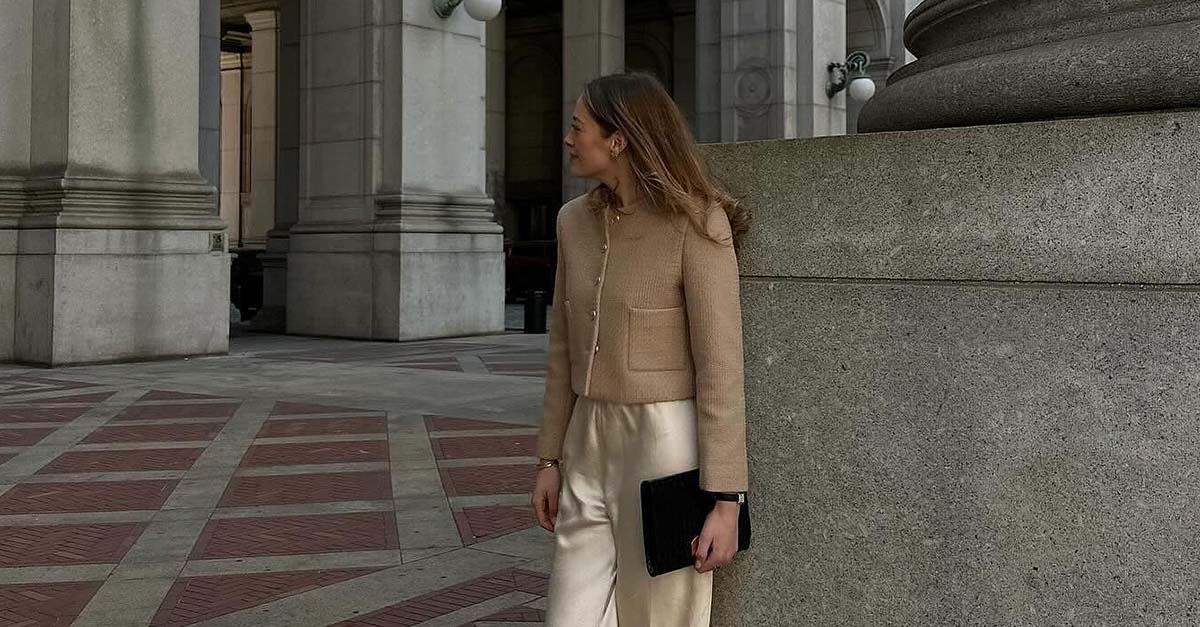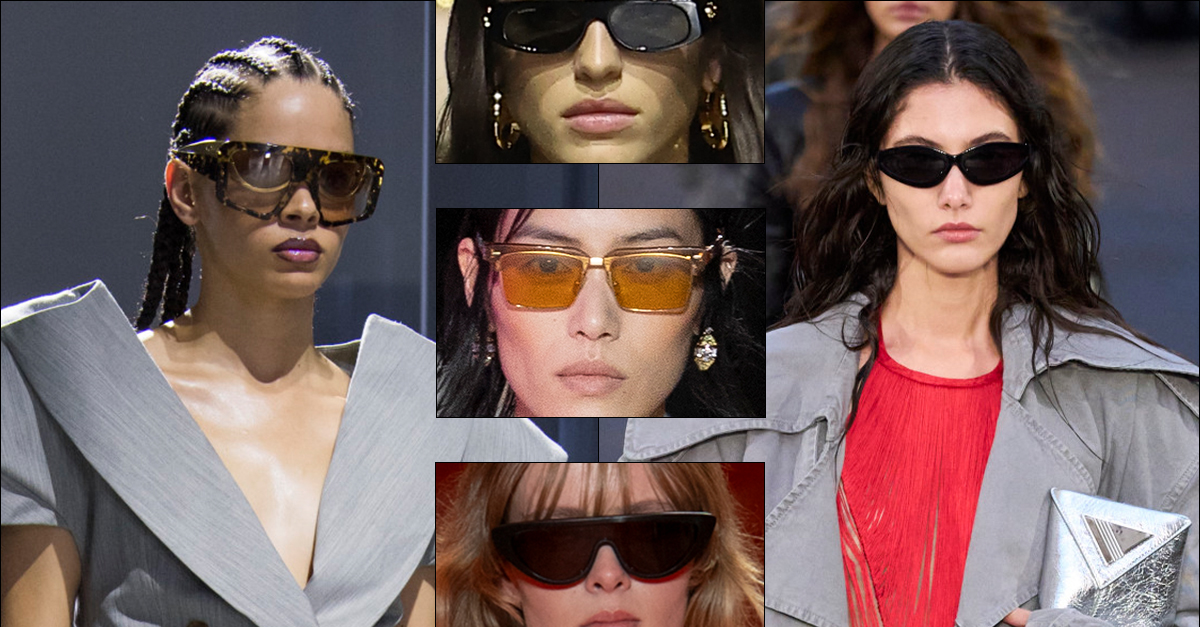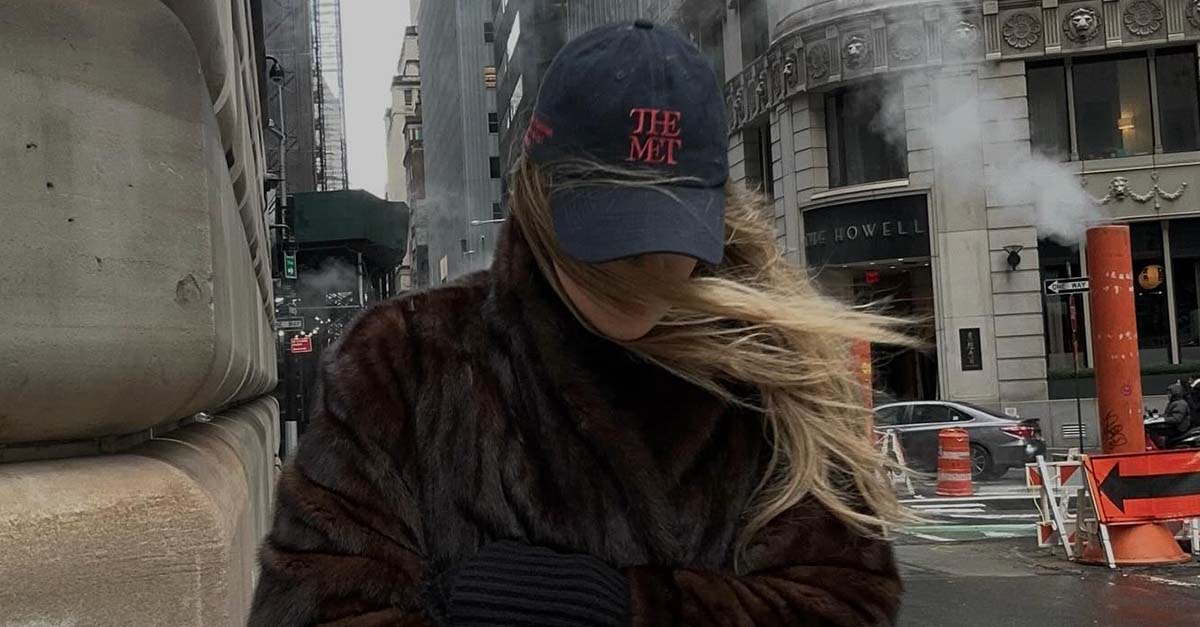
For emerging designers looking to protect the designs they are creating during Essence Fashion House trademark expert Mariessa Terrell hosted an informative conversation entitled Protecting Your IP. Terrell began by separating fashion into two categories, one with an uppercase “F” and the other with a lowercase “F.” She went on to express the difference: one is the functionality, and the other represents the spectacle. She used this degree of separation to show how to think about these different subject areas.
“Fashion [is] a dialogue between innovators who propose those innovations and the consumers who decide what they will adopt or reject,” Terrell said.
Terrell went on to express that intellectual property is perfect for the fashion industry because it means products of the mind. She explains that one can preserve their brand name, logo, personal name, slogans, hashtags, the shape of their handbags, and more. Additionally, she noted that one must secure these rights using copyrights, patents, trade secrets, trademarks, and trade dress.
To provide an easily digestible example of a suit she explained the well-known Lululemon vs. Calvin Klein case. According to Business Insider, Lululemon sued the latter alleging infringement of design patents for its “Astro” yoga pants’ signature waistband and design.
Beyond design, Terrell explained how a designer may also safeguard how an article of clothing is used through a utility patent. In order to protect using this mechanism, the invention must be new, useful, and nonobvious. Not only does a utility patent apply to clothes, but any new invention looking to be preserved.
Designers can find out their competitive edge that differentiates them from their competitors using trade secrets. As long as they are able to keep the edge a secret using contracts and non-disclosure agreements, they may register these findings as trade secrets and secure valuable information because it is not generally known.
If all of these details are a bit confusing, consider starting with a simple trademark. Trademarks can cover words, slogans, and symbols and quickly distinguish goods and services from someone else’s. But, it is essential to remember that a trademark is only feasible if you are selling goods and services underneath that mark.
Going hand in hand with trademarks is a trade dress. A trade dress can protect packaging, the shape of goods, stitching, the sole color, and exterior architecture. Trade dress can only be registered if it is nonfunctional and distinctive. The best thing about a trademark is that it lasts forever as long as it is renewed every ten years. Though these things may sound like minor details, many have become very recognizable by consumers.
There are many benefits to registering with the U.S. Patent and Trademark Office. One is that once you list your registration with the U.S. Border Patrol, when goods enter the country, they will be inspected to ensure that they are not counterfeit. You can also bring a case to federal court because these rights are national. But it is crucial to know that these rights are not transferable overseas, so if you are operating in other countries, consider getting trademark protection there as well. For more information, consider joining the trademark basics boot camp that the US Patent and Trademark Office hosts quarterly.
Article continues after video.








